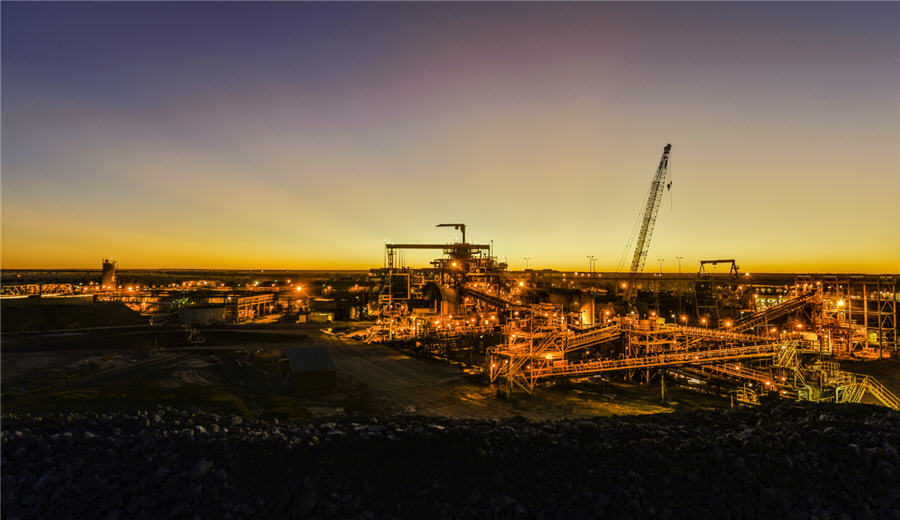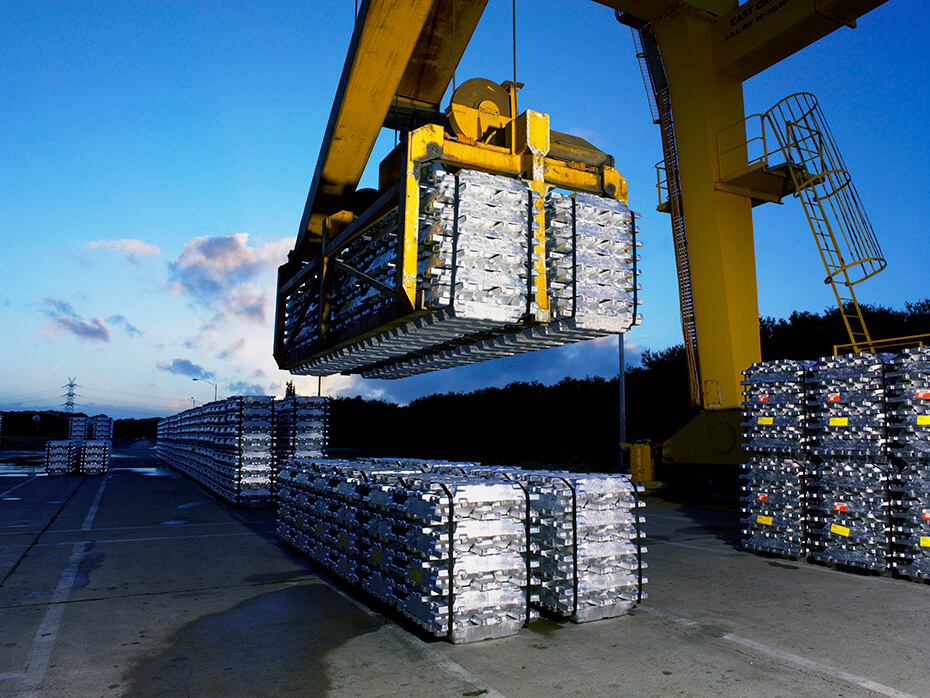China’s renewables growth lifts copper demand as housing falters

China’s rapid build-up of clean energy is claiming more copper, supporting the market at a time when traditional sources of demand like housing are in the dumps.
Copper imports are one of the few bright spots in an otherwise bleak picture for Chinese commodities consumption. Underpinning some of that demand is a long-anticipated shift in usage to feed growth across new energy sectors, from the construction of massive wind and solar projects in the interior, to the country’s electric vehicle boom.
“Consumption in power grids and new energy including EVs are offsetting losses from traditional sectors such as home appliances,” said Ji Xianfei, an analyst with Guotai Junan Futures Co.
Imports have risen 8.1% this year, while purchases of ore for the domestic smelting industry have climbed 9%, against yearly declines for items like crude oil and iron ore. Copper’s traditional usage in pipes and wiring remains dominant, so the shift to renewables is coming from a low base. Set against that, China’s property crisis is likely to accelerate the increase in clean energy’s share of demand.
The metal’s conductive properties mean that electricity transmission is its biggest application, accounting for 31% of consumption in China, according to data from UBS Group AG in February. Next was construction at 20%, and then appliances at 18%. Autos and renewable energy claimed only 6% and 5% of demand, respectively.
CRU Group forecasts that China’s copper demand will rise about 0.8% this year to 15.55 million tons, with growth of more than 4% from both autos and electricity transmission countering a 4% decline in construction and a 2% drop in consumer durables. It sees copper use in EVs rising to 2.8% of the total versus last year’s 2.2%.
The rapid growth in EV sales and the massive ramp up in renewable power are going to make a relatively big contribution to copper demand, said BloombergNEF analyst Huo Yuchen. EVs consume 84 kilograms of copper per vehicle, almost four times more than a typical car, while wind turbines and solar panels require more of the metal compared to thermal power plants.
More News
South32 posts lower third-quarter manganese output
The world's biggest producer of manganese ore produced 476,000 wet metric tons last quarter.
April 16, 2025 | 03:48 pm
Alcoa reports $20 million tariff hit on imports from Canada
April 16, 2025 | 03:42 pm
{{ commodity.name }}
{{ post.title }}
{{ post.date }}




Comments